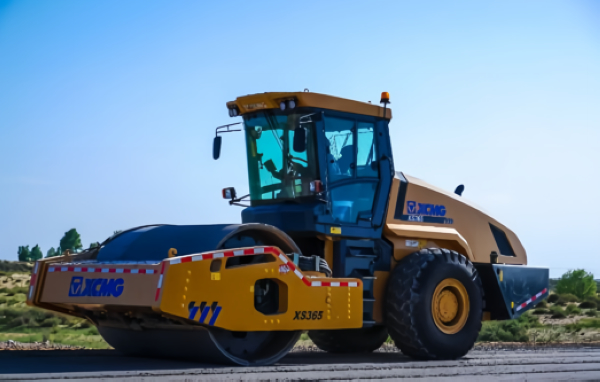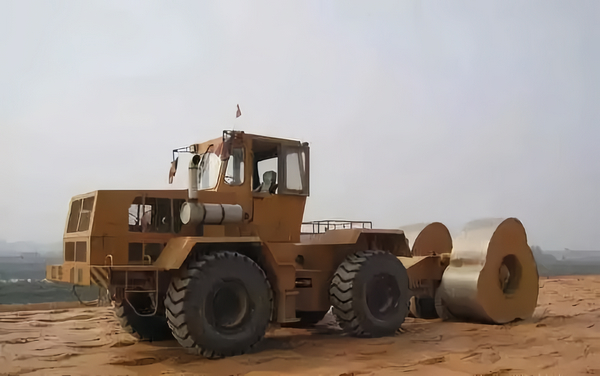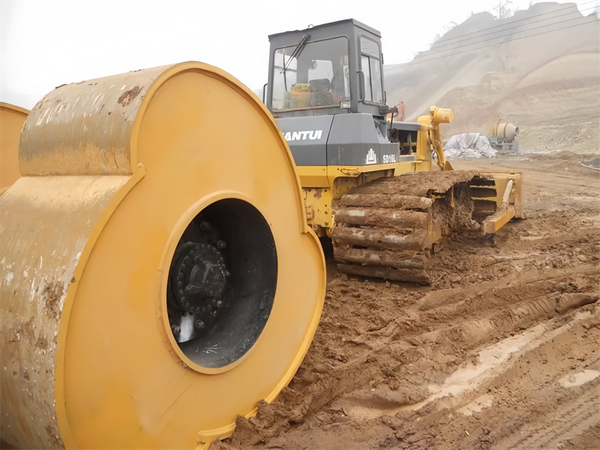Since impact rollers entered the Chinese market in the 1990s, they have played an irreplaceable role in many engineering fields such as roads, airports, dams and land reclamation. Anyone who knows a little about impact rollers knows that impact rollers are pulled by a traction device and compacted by rolling forward with a triangular impact wheel.

1. High-fill earth-rock rolling The high-fill earth-rock roadbed must be uniform, dense and stable, and the construction is very difficult. Generally, in slope and valley areas with complex terrain, the filling height on the same section varies greatly, and the base working surface is not easy to form, making the filling layer thicker. When the construction period is tight and the natural settlement time of the formed roadbed is insufficient, it is easy to cause ground cracking, collapse, sinking, deformation and slurry. However, the existing static roller and vibratory roller construction cannot objectively effectively solve the differential deformation of the foundation of the earth-rock mud high-fill roadbed. At present, the main method to improve the compaction density of the roadbed is to use strong tamping or impact rollers for compaction construction. Considering the factors of construction period and construction efficiency, impact rollers should be preferred. The picture comes from the Internet, and the impact roller is a new type of roadbed compaction machinery. It was first used in the reinforcement and compaction of Beijing Badaling Expressway in 1997. After that, it was used on high-grade roads such as Xuanda Expressway, Fuquanxia Expressway, and Lianhuo Expressway. To this day, time has proved that impact rollers have achieved excellent construction results in roadbed reinforcement and compaction.

2. Compacting earthwork with relatively high water content The water content in the compacted earthwork with relatively high water content has a significant effect on the compaction effect. Backfill soil with too much or too little water content is difficult to compact. For this reason, the backfill soil should have the best water content, that is, when the soil is compacted under this water content, the maximum density can be obtained, and the required tamping energy is minimal. Therefore, when the backfill soil is too wet, the soil cannot be completely compacted, and it is easy to form "rubber soil" that makes compaction impossible. In loess areas, especially wet loess areas, the existing construction compaction method of vibratory rollers cannot effectively eliminate the uneven settlement caused by high fill roadbed and wet loess roadbed, resulting in obvious post-construction settlement, cracks in the road surface, and structural damage. The picture comes from the Internet, and other reinforcement treatment measures such as powder injection piles and sand piles have complex processes, high engineering costs, and long construction periods, which cannot meet the objective needs of current highway projects. The impact roller uses a strong impact force to have a deep compaction effect on the roadbed. After stamping, it can effectively reduce the post-construction settlement and uneven settlement of the roadbed, improve the overall strength and uniformity of the roadbed, and form a continuous and stable bearing layer of about 1M after stamping. At the same time, it plays a comprehensive detection role on the original ground.













